RockShox has been making top of the line mountain bike forks for almost as long as mountain biking has been a pastime, starting with the RS-1 (not the wild, inverted model you’re familiar with, but its namesake) in 1990.
In that time, what was once the fringe activity of riding ill-equipped bicycles on hiking trails morphed into a sport. As that sport grew in popularity, it segmented into a few disciplines, and eventually into a multitude of activities that require such different skill sets that elite level practitioners of one - say cross country racing - would be hard pressed to try another - e.g. slopestyle - at a beginner level.
With that specialization, companies like RockShox started to develop product lines that cater to these very specific needs (check out our recent video covering the SID and SIDluxe), honing their forks into purpose built engineering triumphs that cater exactly to their intended use. But as the sport grows and new riding disciplines like Enduro push us further and faster, it sometimes becomes necessary to introduce a new name to the mix.
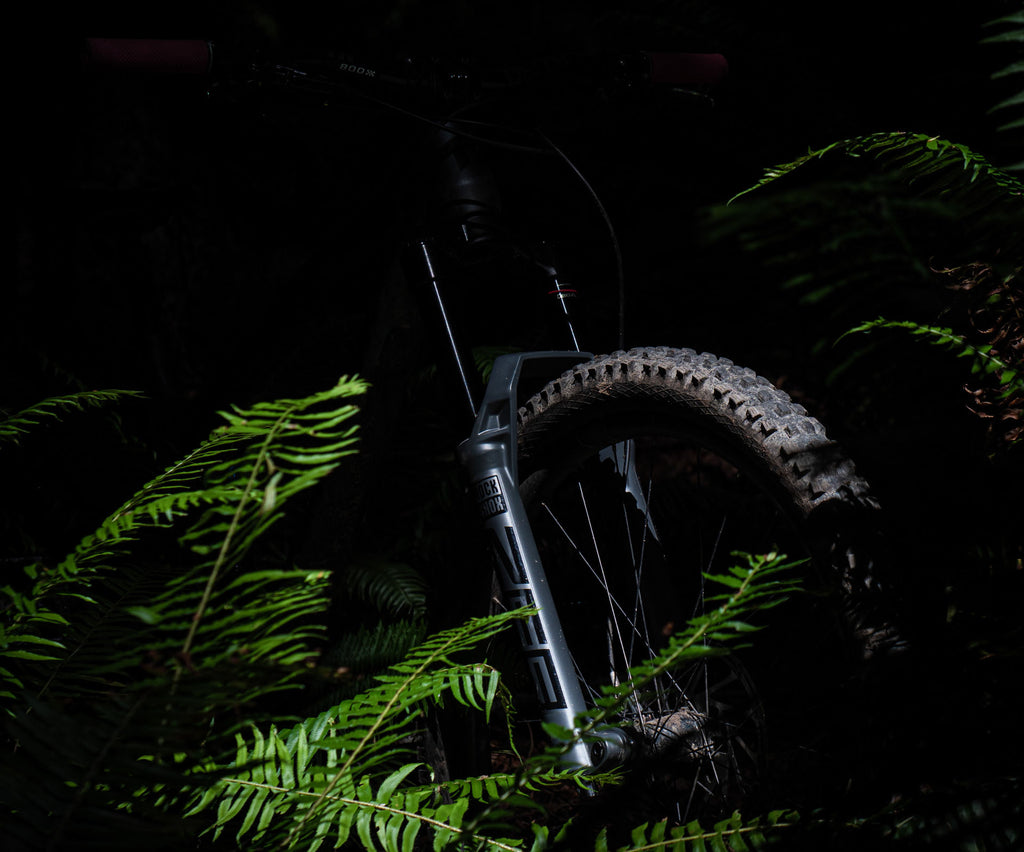
Introducing: ZEB
Zebulon Pike was a general in the US Army in the early 1800’s, and as the times dictated, an explorer at heart. Although his expeditionary crew was unable to summit what he called the “Highest Peak,” this Colorado mountain was eventually named after him. The imposing figure and terrain of Pikes Peak have now inspired the names of two of RockShox’s forks - the well-loved Pike, designed around 130mm-150mm of travel, and the all-new Zebulon (shortened to ZEB) which takes over extra-long travel duty from the Lyrik.
The same rocky, steep, and inhospitable terrain that inspired our intrepid explorer to aim for the summit is the same that inspires this new fork. As the intermediary between two phenomenal products - the Lyrik and the dual crown Boxxer - we should be asking a lot of such a fork, and that is what RockShox has delivered.
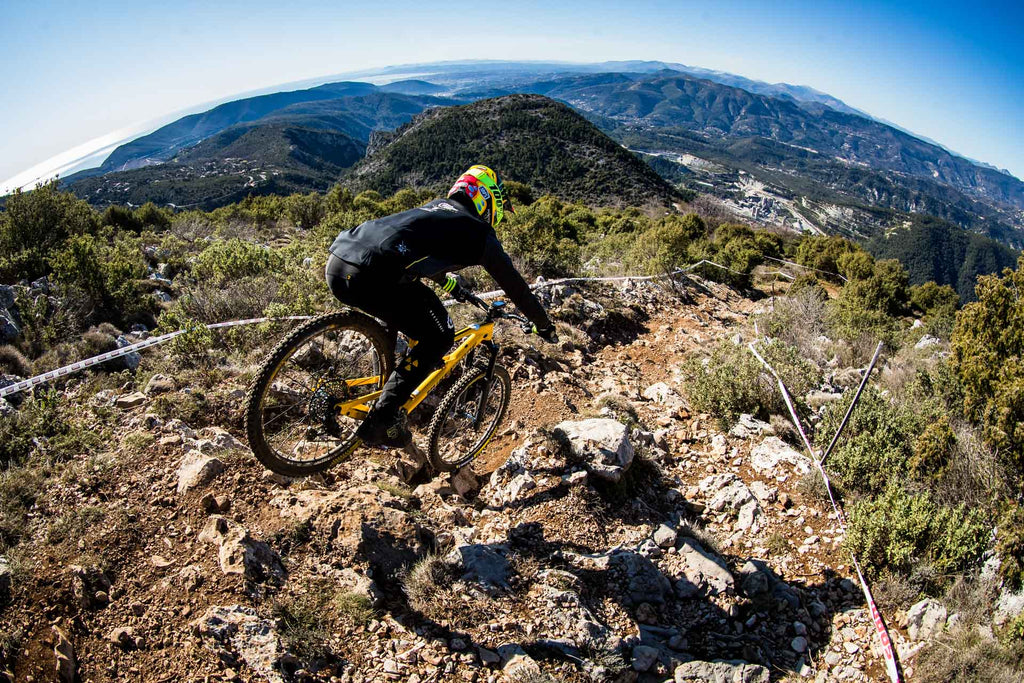
Approach and Execution
There is without a doubt some overlap in the intended use of the Lyrik and the ZEB. They are both available for 150mm-180mm travel bikes (the ZEB goes up to 190mm, and the Lyrik can be run at 140mm), they both have Charger 2.1 dampers, and they were both designed with fast, aggressive riding in mind. They are even fairly close in price, with the Lyrik Ultimate running $949, and the ZEB Ultimate at $999.
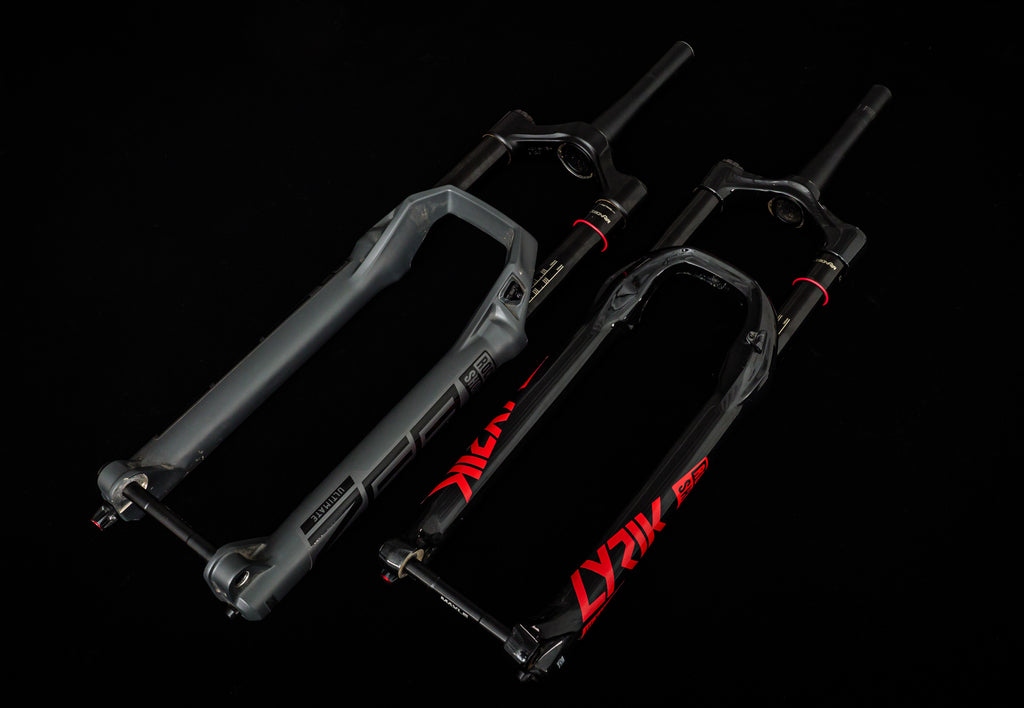
So why did RockShox bother? As we mentioned earlier, mountain biking has become more and more specialized, with different riders looking for very specific traits in the componentry they run. The Lyrik is an exceptionally capable fork - I’ve ridden mine on trails that I normally take my Fox 40 equipped downhill bike down, and it was just fine. But RockShox was receiving feedback from a specific subset of their riders and their product development group, a cohort consisting of folks that push their bikes extremely hard and extremely fast down hills, many of whom are a lot heavier than my 165 lbs. And this feedback was that they wanted something stiffer. And not just “all-around” stiffer, but stiffer in one specific dimension: torsionally.
That type of stiffness corresponds exactly to two very common situations riders like this encounter: hurtling down straight chunky, hole-ridden sections of trail at high speeds, where you need to be able to counter any wheel deflections to hold a line, and the ensuing high speed turns, where the rider commits to changing the direction of all that momentum in a very short space of time. With larger riders these forces get magnified substantially, putting every component on your bike to the test, but particularly the fork. This is the crucial piece that holds your front wheel to your handlebars, transmitting all your inputs to the ground and vice versa.
In this effort Rockshox has succeeded tremendously. Compared to a 180mm Lyrik, a ZEB in the same configuration is 21.5% torsionally stiffer. If you’re having trouble picturing what torsional stiffness is (or lack-thereof), imagine holding your handlebars straight but seeing the front wheel turning left and right. Swapping from my Lyrik Ultimate to the ZEB I could feel this the moment I encountered these trail situations - and that’s even at my 165 lbs of body weight and riding a 160mm ZEB.
This is a sensation that only became noticeable after back to back testing - I would never have told you a Lyrik wasn’t stiff - but it changes how I ride. That additional confidence and stiffness makes me subconsciously stay further forward on the bike, pushing my weight into the front end more. This happens because there’s an additional feeling of trust in the front wheel, but it results in a more aggressive body position that is better suited to attacking the trail, pumping and pushing through dips and divots in the trail and gaining speed and traction.
Along with this large increase in torsional stiffness, there is a related gain in side to side stiffness, which comes in at 7%. For that, picture looking at the fork head on, and bending the top and the bottom in the same direction. Lastly, there is only a 2% gain in fore and aft stiffness. This is a dimension that RockShox found not to be as relevant towards performance gains, although I think Fox would argue the opposite - consider the implications of the 38’s oval steertube. I don’t know that one can legitimately complain about weight when you opt to run the largest single crown forks around, but I certainly don’t mind the weight savings over the Fox offering, which is just under 200 grams, or about 6 ounces.
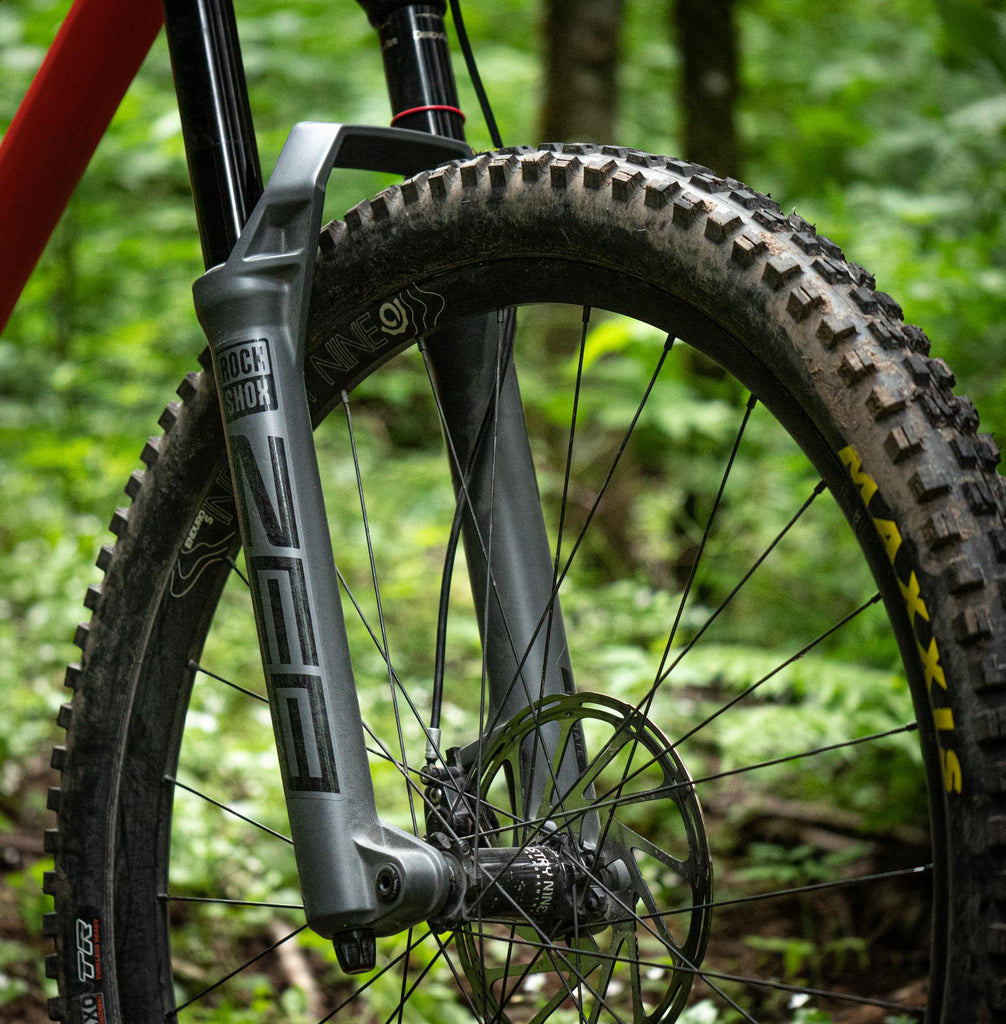
Also of note is the bushing size and placement in the ZEB. Bushings are cylindrical bands that sit inside your fork lowers, and are what your stanchions pass through. Bushings allow your fork to move smoothly through its travel, and to do so they need to have very exacting tolerances; too loose and you get play in your fork, too tight and things bind up and don’t telescope in and out easily. This process is aided by a lack of twisting and bending, so when you make your fork stiffer, it makes your fork work more smoothly. With the ZEB, RockShox focused on making a fork that had good bushing/stanchion overlap, so that even in long travel configurations (did we mention it goes to 190mm?) you get a fork that is stiff and smooth.
What else is new? It turns out not much. RockShox is happy with their Charger 2.1 damper (as they should be, it works very well) and have outfitted it to run in this new chassis. And the air spring for the ZEB was developed right alongside their new 2021 air spring for the Lyrik, Pike, Yari, and Revelation forks. The air spring functions in the same way, although you’ll find that you run lower pressures on the ZEB versus the Lyrik or Pike, as air volumes in their respective positive and negative springs differ. I also found that smaller changes (even a few PSI) made a notable difference. Set up is still a breeze, as RockShox provides sag measurements in the anodized coating of the stanchions as well as their handy recommended pressure decal on the fork lowers.
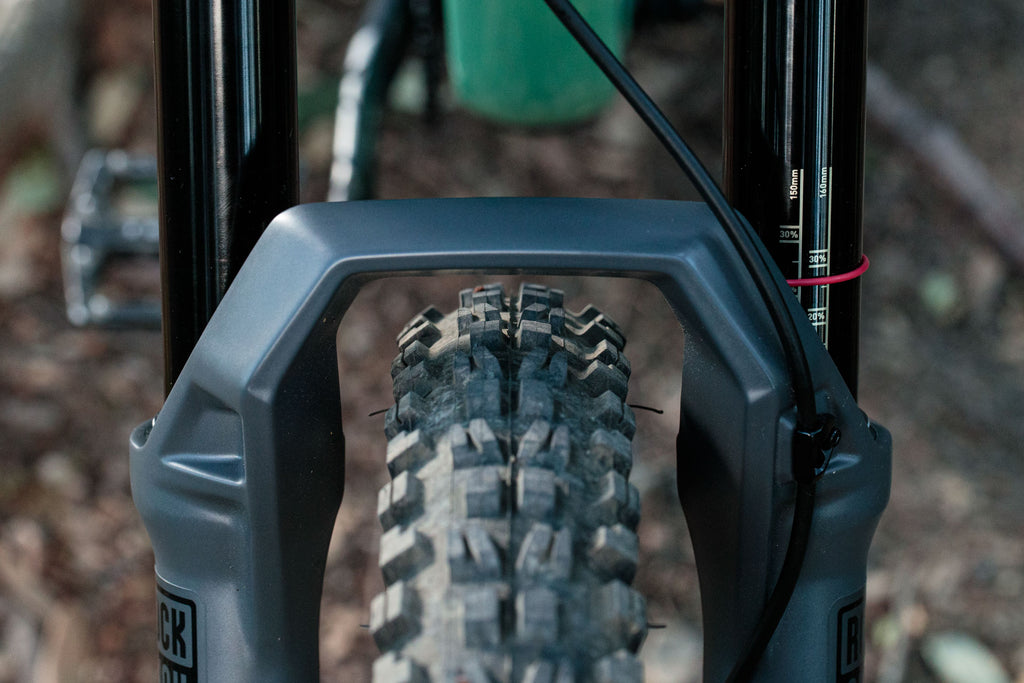
Should you buy one?
That’s the crux of it - to upgrade, or not? Firstly, there are some of us who just love the looks of the ZEB and will want to get it regardless. It’s an imposing looking fork, with the large, angular arch, towering 38mm stanchions, and a finely machined crown. It looks friggin awesome, especially when you’re sitting behind your handlebars eyeing up a gap that you haven’t hit before. After all, confidence is everything, especially in mountain biking. But for many of us, simply wanting it is not going to be justification enough. In that case, ask yourself what type of trails you ride most frequently. If the answer is “rocky,” “rooty,” or “full of massive wheel-sized holes,” then ask yourself how fast you try and ride them. If your immediate reply is “at race pace,” then I think you may want to consider this fork. And if you’re over 160 lbs (and especially if you’re over 200 lbs), I’d say it’s a gimme. Get a ZEB. You’ll be happy.
Related Products
More Articles You Might Like
Stumpjumper 15 Vivid Air Review // Stumpjumper 15 Compared to Stumpjumper EVO
Product Reviews / BK Stancil / Nov 15, 2024
I’d summarize the ride quality of the Stumpjumper as Read More
SRAM Eagle GX/X01 Review // The Best Budget Cable Actuated Drivetrain
Product Reviews / BK Stancil / Nov 06, 2024
A combination of Sram Eagle GX and X01 components remain...
Read MoreThe Bikes We Ride // Rocky Mountain Altitude Bike Check
Bike Checks / BK Stancil / Nov 01, 2024
Rocky Mountain’s all-new Altitude immediately caught Shayne’s eye upon release with ...
Read MoreView More:


